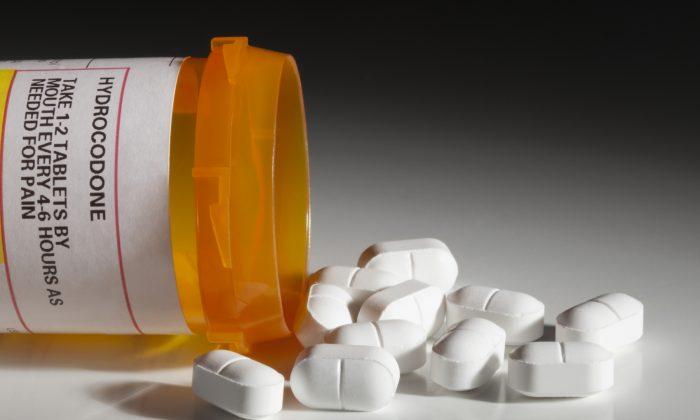Opioid painkillers have been invaluable in treating acute pain after injury and surgery for hundreds of years. (Opiates and synthetic opioids are frequently referred to as “narcotics,” which is actually a legal term not a medical one.)
Opioids allow medical professionals to provide comfort to terminally ill patients and patients suffering from cancer and other painful conditions. They are a vital and irreplaceable important component of “palliative care.” But physicians are increasingly divided about the use of opioids in the treatment of chronic pain.
Before the 1960s and 1970s when pain was regarded as a purely physiological occurrence and before multidisciplinary [practices] developed, opioids were often prescribed for relief of pain despite their addictive potential. As problems with addiction and diversion surfaced, regulations were put in place to restrict the use of opioids and tighten their control.
In the 1990s, the pendulum swung back, thanks to popular new opioids like OxyContin, online drug sales, and high-level marketing by drug companies. In the 1990s, opioids began to be prescribed “for a new use: treating long-term pain from back injuries, headaches, arthritis, and conditions like fibromyalgia” (Meier 2013).
Yet opioids are far from benign. They cause hormonal changes (decreases in testosterone), constipation, a decrease in immune responses and, of course, tolerance, progressing toward physical dependence and addiction.
In “Responsible Opioid Prescribing,” Dr. Scott Fishman also lists “heightened fracture risk related to effects and bone metabolism and from falls,” and increased risks for the elderly and “those with impaired renal or hepatic function; individuals with cardiopulmonary disorders, such as chronic obstructive pulmonary disease (COPD); congestive heart failure (CHF), sleep apnea, or mental illness; and in patients who combine opioids with other respiratory depressants such as alcohol, sedative-hypnotics, benzodiazepines, or barbiturates” (2012).

Paradoxically, opioids used for more than a short period of time can increase sensitivity to pain—a well-recognized syndrome called opioid induced hypersensitivity (OIH).
Many patients report, to their surprise, their pain subsides when they cease their long-term use of opioids. There is little evidence that opioids are effective after six weeks, and there is a concerning dearth of long-term studies (Fauber 2015).
Nor are opioids always associated with improvement in function. Workers kept on opioids for more than seven days during the first six weeks after an injury were more than twice as likely to be disabled and out of work a year later, according to a Spine study (Fauber and Gabler 2012a, b), and in a large study of workers’ compensation claims, neither pain nor function improved with opioid use.
In 2013, Johnson & Johnson, the parent company of Janssen—which makes the opioid patch Duragesic and Nucynta, an oral opioid—was investigated by the city of Chicago for deceptively marketing the drugs to city employees for long-term treatment of chronic pain, such as back pain and arthritis (Morris 2013).
The opioid-addiction epidemic has blurred the lines between real pain patients, false patients reselling drugs, and real patients who became addicted through the medical care they were given. Pain clinics and pill operations “cut off” such patients despite often being largely responsible for their habituation. This is a classic example of blaming the victim.
“The problem is patients are started, develop tolerance, need a higher dose, get tolerant to the higher dose, use more than prescribed, ask for early refills, [and] get switched to a ‘pain management specialist,’ who if [he or she] violate[s] the pain contracts, gets fired, discharged.” Then the patients go to the street for the opioids, says James O'Donnell, a pharmacology professor at Rush University in Chicago.

Sridhar Vasudevan, M.D., is a clinical professor of physical medicine and rehabilitation (PM&R) at the Medical College of Wisconsin in Milwaukee. This is an excerpt from “Multidisciplinary Management of Chronic Pain: A Practical Guide for Clinicians,” available from the global publishing company Springer.





Friends Read Free